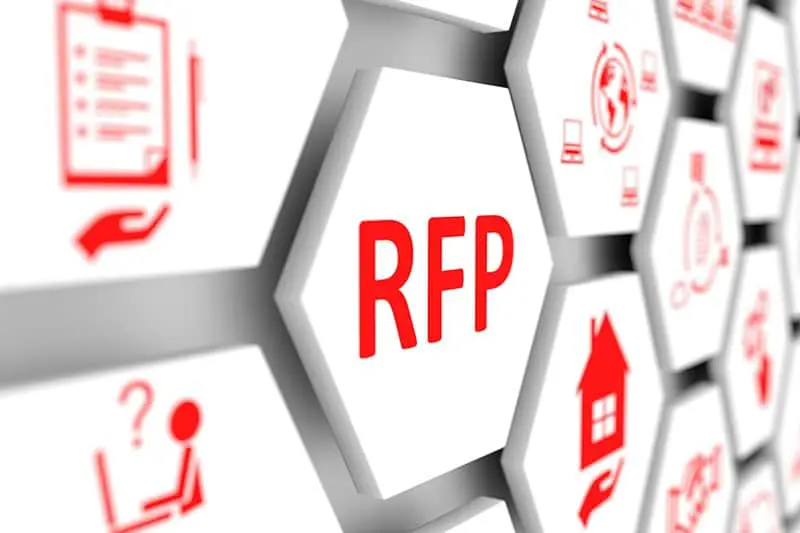Last time, we talked about why you might want to consider writing a Request for Proposal (RFP) for your CMMS software purchase. If you’ve decided that’s the right option for you, we’ve listed some tips on how to get the most out of the process.
An RFP outlines your requirements, so you can find the right software for your organization. You’ll send it to potential vendors, who will respond with documentation on how their software meets those needs.
Table of Contents
Important Details
We recommend providing background information about your organization. These details help vendors respond appropriately. For example, your RFP should include…
- A description of your organization and its market
- Size of your organization and maintenance team
- Number of assets
- Main objectives for CMMS software
- Timelines
- Existing software and hardware
- Available internal resources (i.e., IT personnel, support staff, etc.)
IT Infrastructure
Describe your existing IT infrastructure. If you know now, specify if you’re looking for local or cloud-based solutions. If you don’t, be sure to mention you’re looking at both options.
Specific Requirements
The biggest part of your RFP will be your CMMS software requirements. It’s important to be specific in an RFP, but not so specific that you eliminate viable options.
We recommend…
- Identifying requirements that every proposal must meet
- Identifying the requirements that are optional or “wish list” items
- Separating your list of requirements by function, such as IT requirements, reporting, software integration, etc.
- Prioritizing requirements, if necessary
- Including an area for vendors to respond to these requirements and identify what’s part of their basic package and what requires customization, a feature extension, or an upgrade
- Including a section for vendors to outline the price—include optional features or additional charges
Training, Implementation & Support Options
Include information about your training, implementation, and support requirements. Provide an area for vendors to outline exactly what services they offer, and how much they cost.
Once you’ve written an RFP, you’ll send it out to vendors. Give them ample time to respond—at least two weeks, preferably three.
It takes time and effort to write an RFP, but the payoff is worth it if you save yourself the pain that comes with making the wrong decision.
Questions? We have answers. Contact us. We’re here to help.






